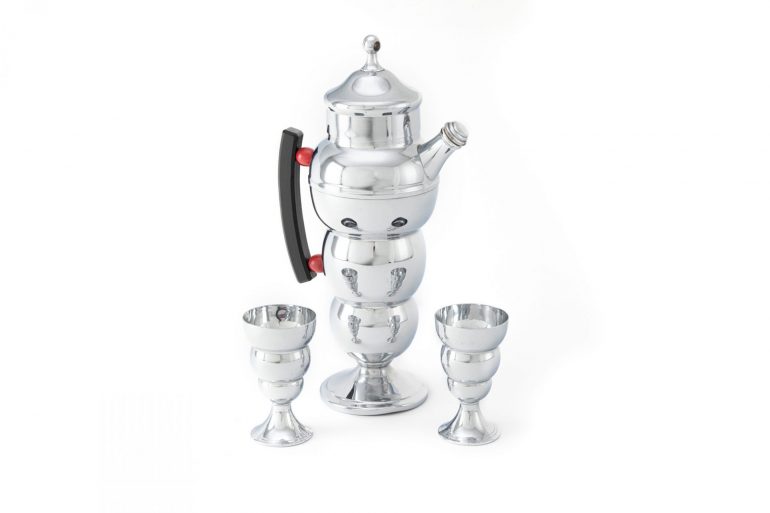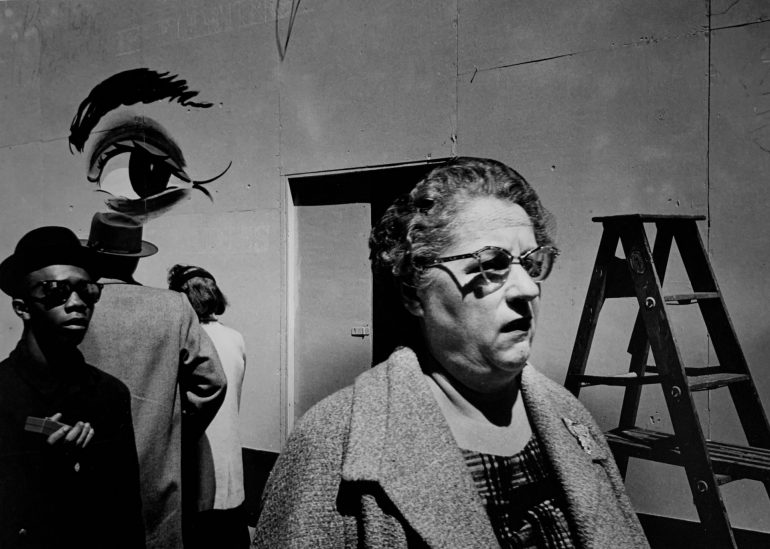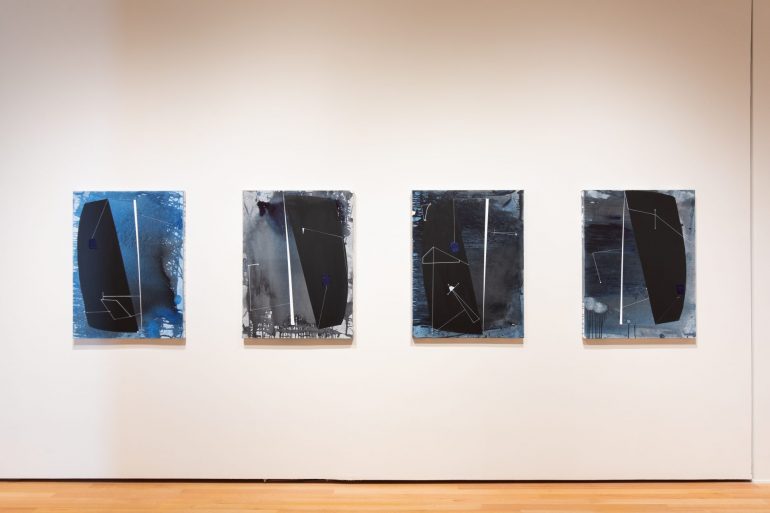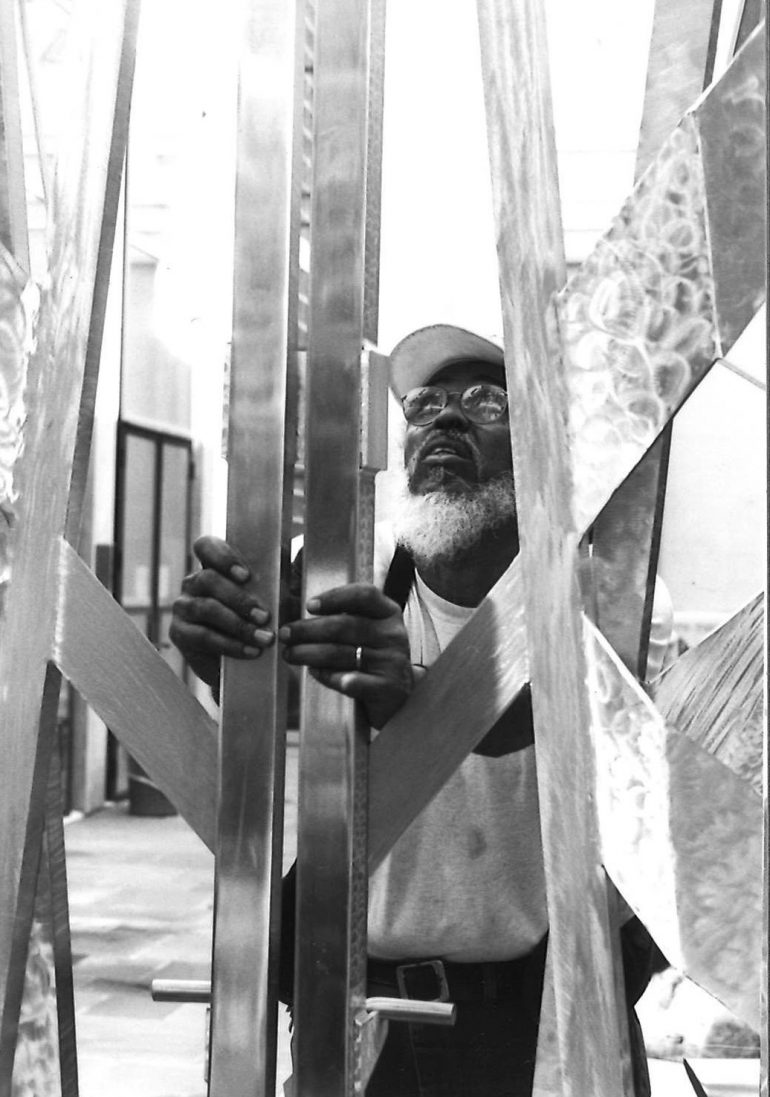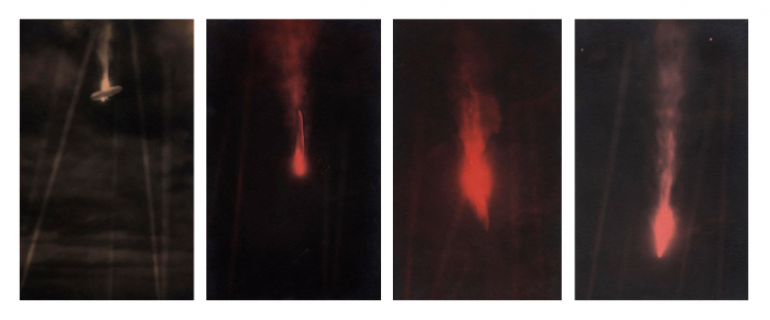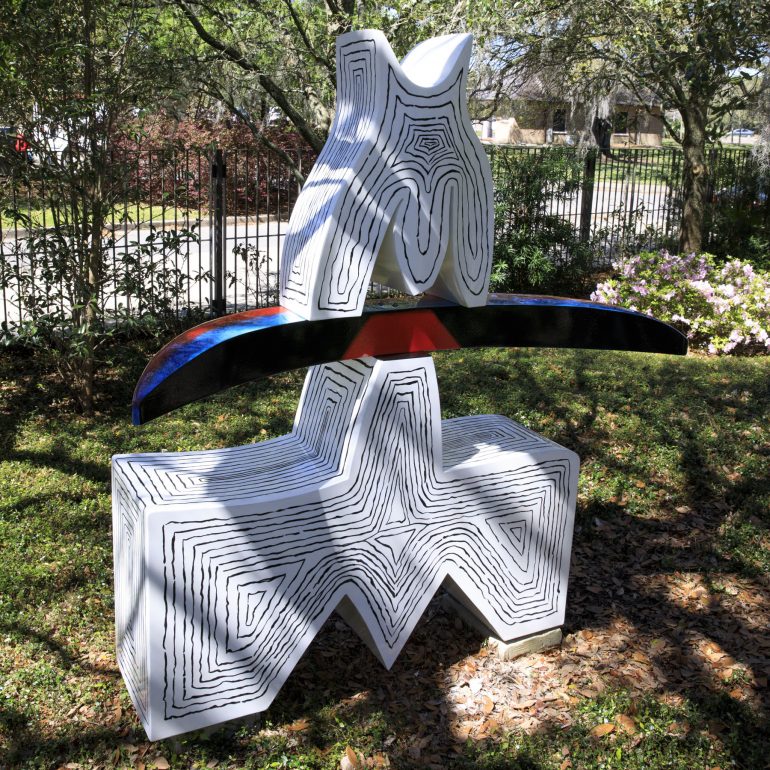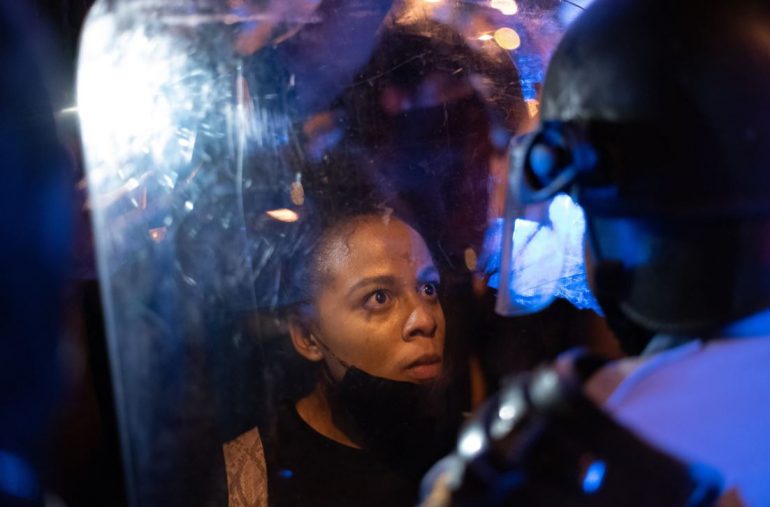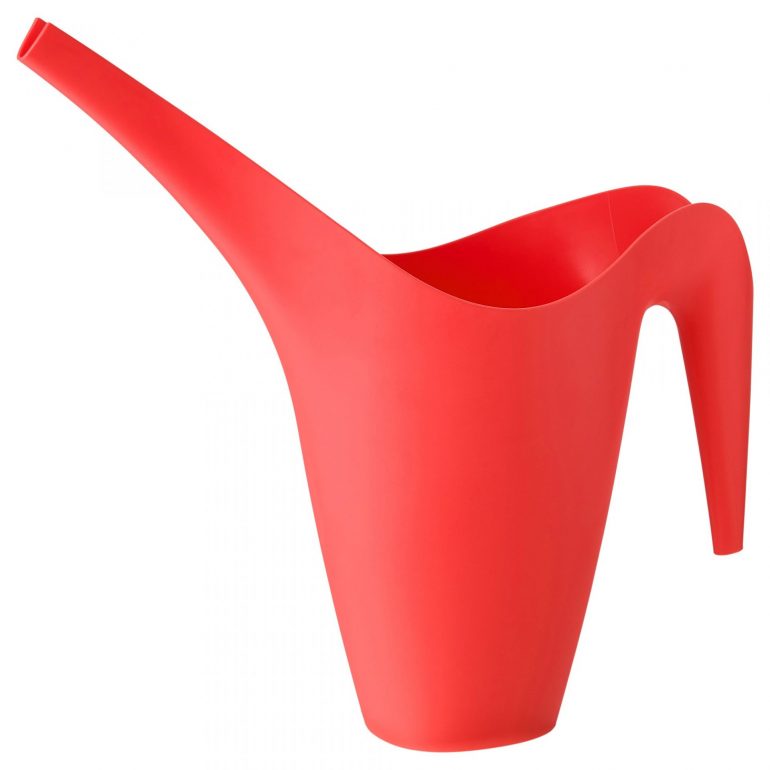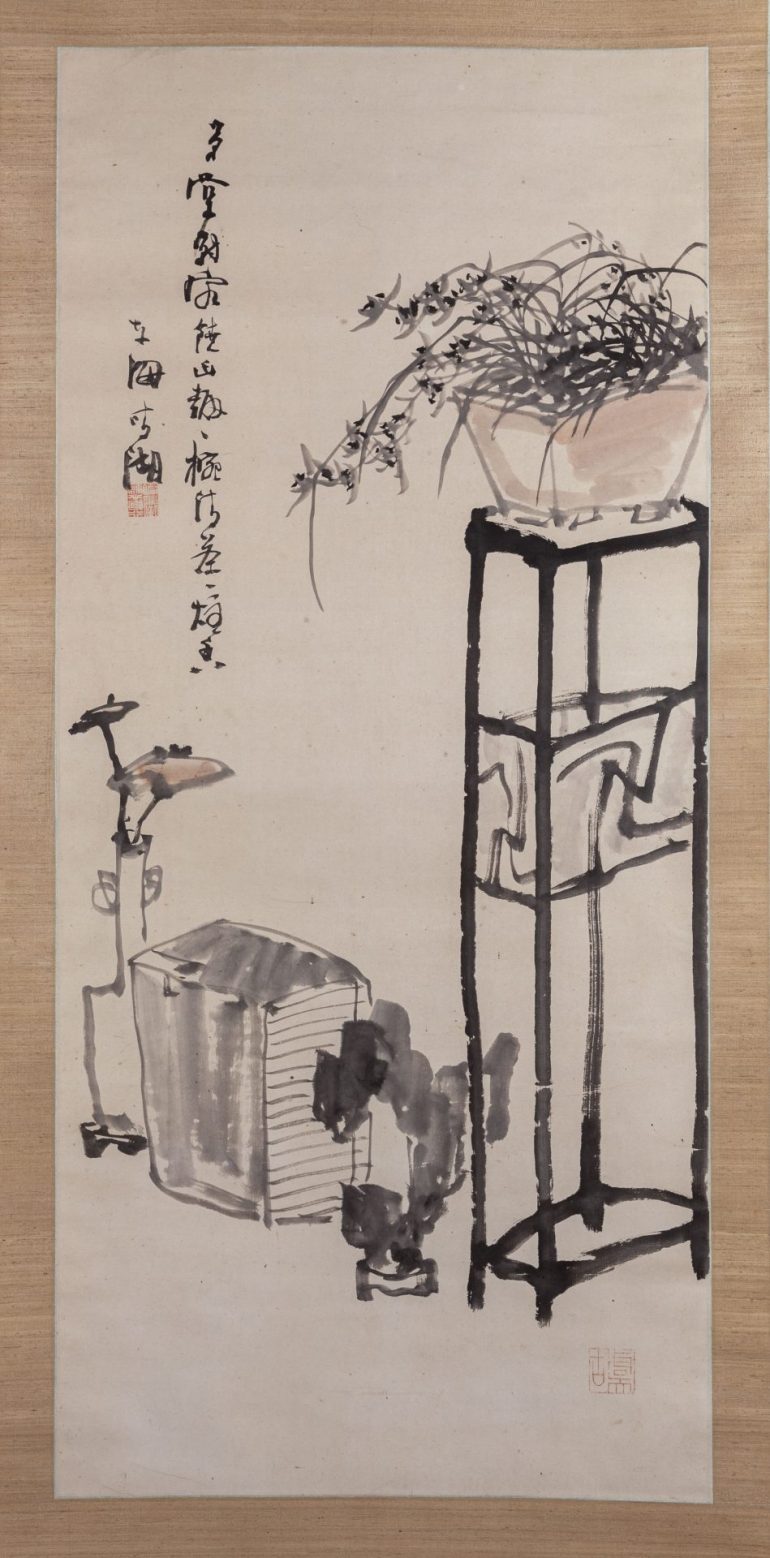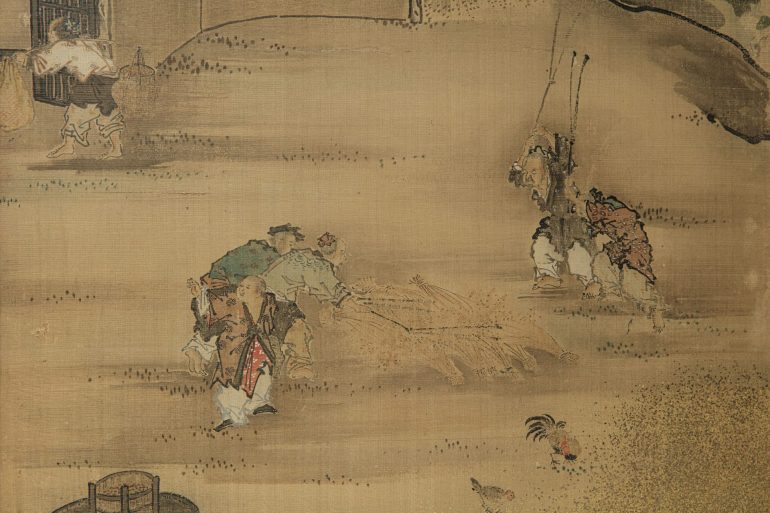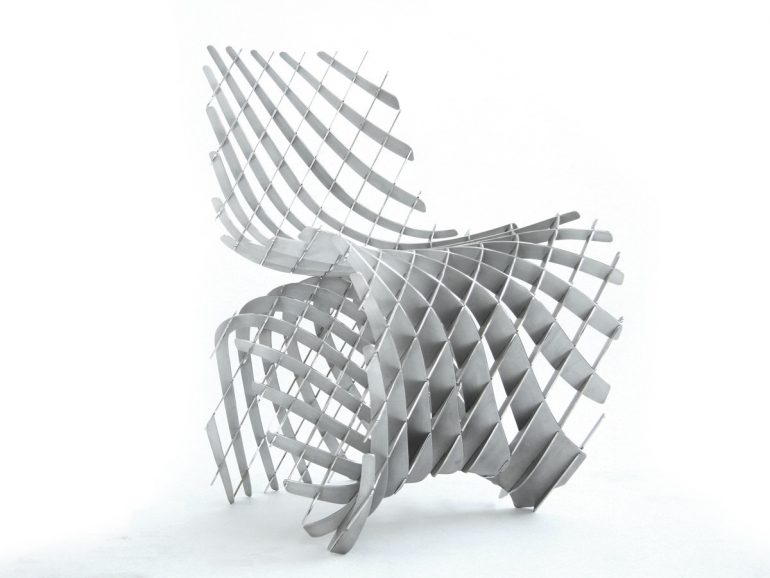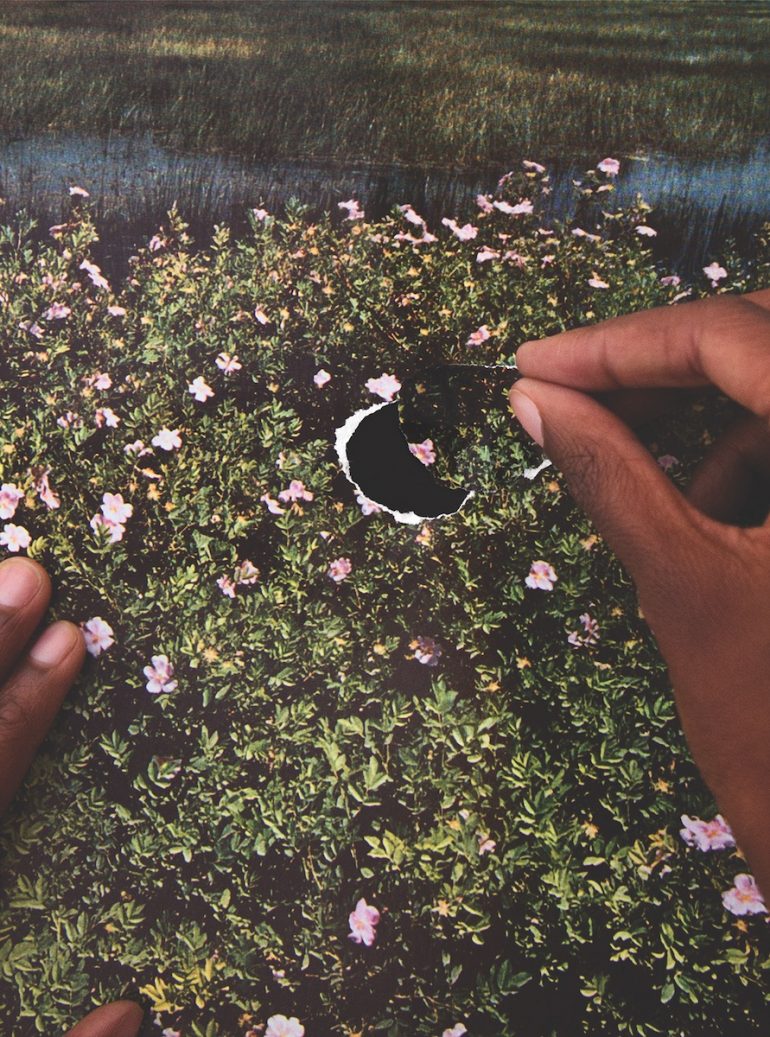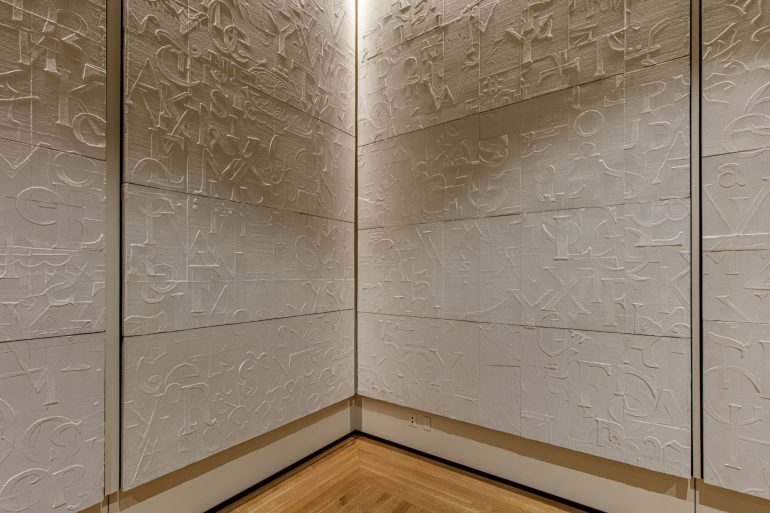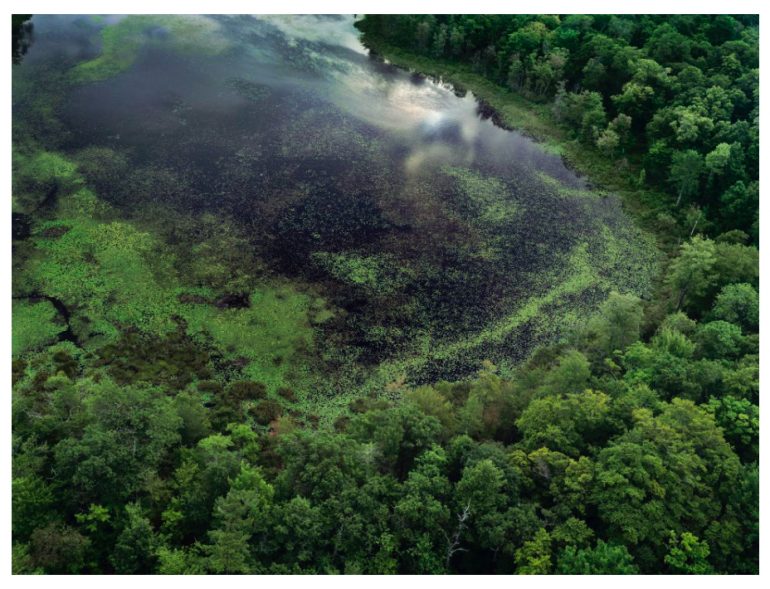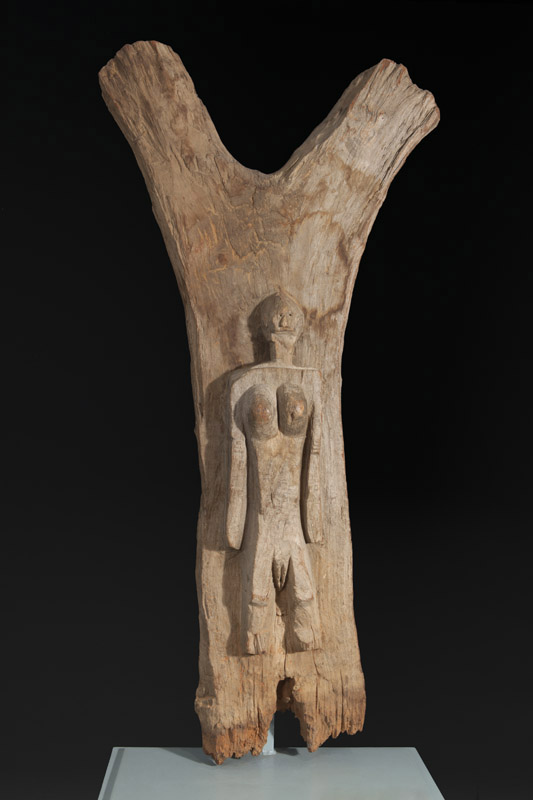Object Lesson: Prohibition-Era Cocktail Shakers
The distinctive swishing, clinking sound of ice cubes and liquid jostling inside a cocktail shaker is a joyful part of mixing up a daiquiri or a French 75. NOMA’s collection includes two American chrome cocktail shakers that date from around 1930, during an era known for the prohibition of alcohol in the United States. But with some irony, the Prohibition era slo saw Americans drinking more distilled liquor than they ever had before. Read More
